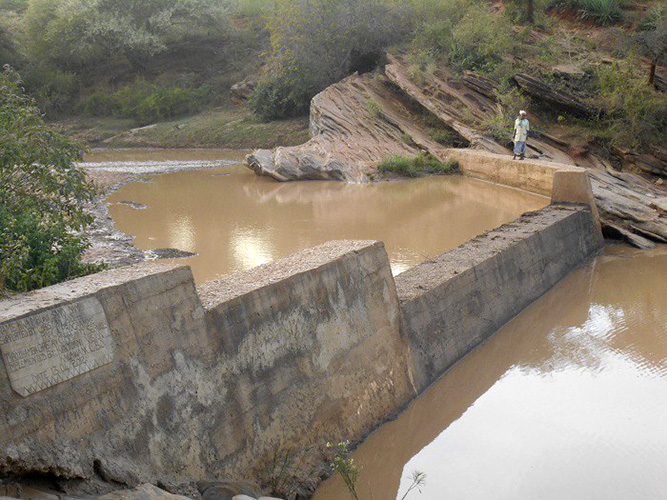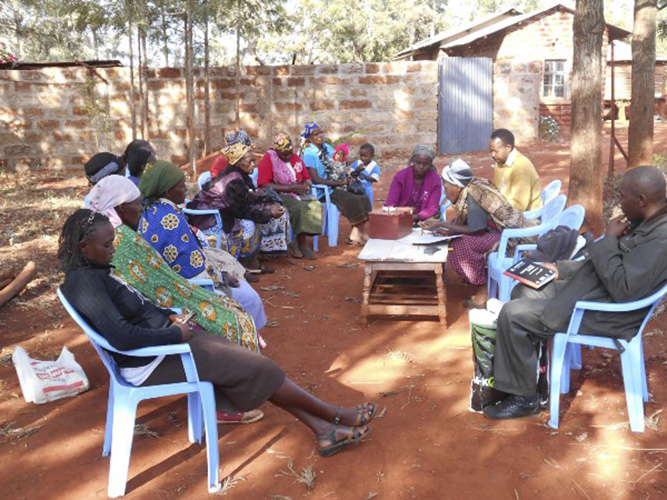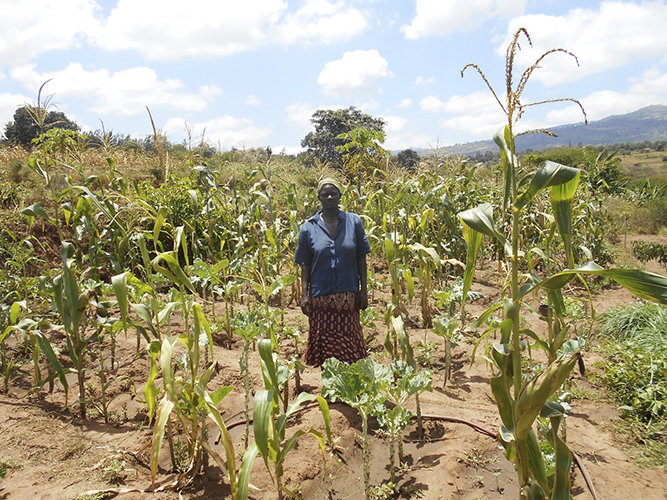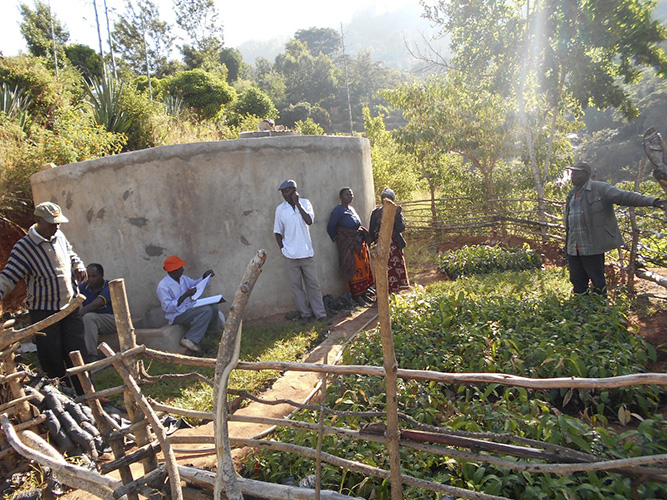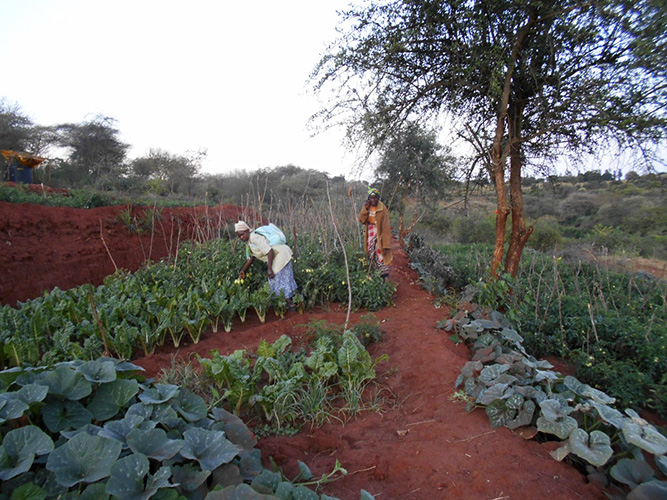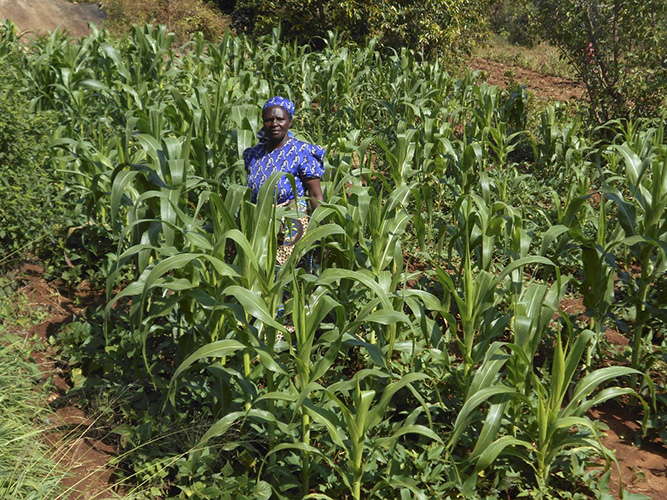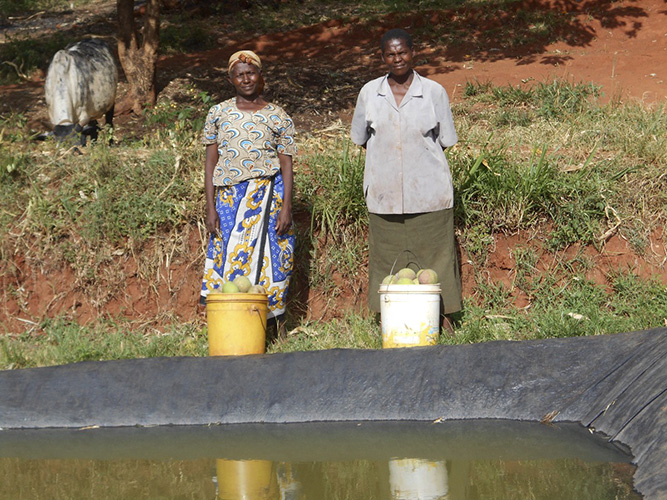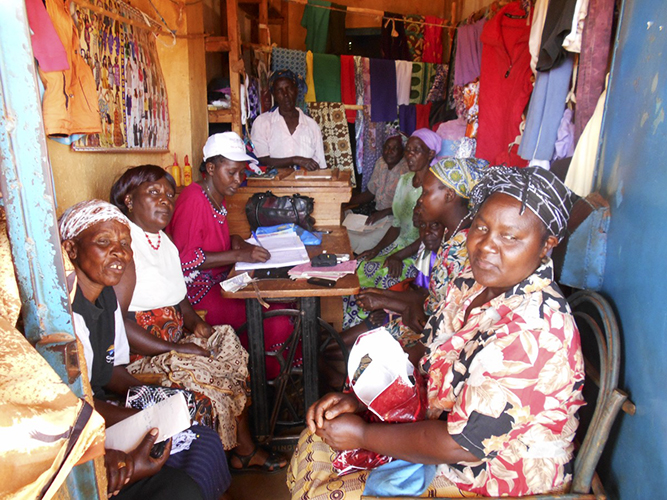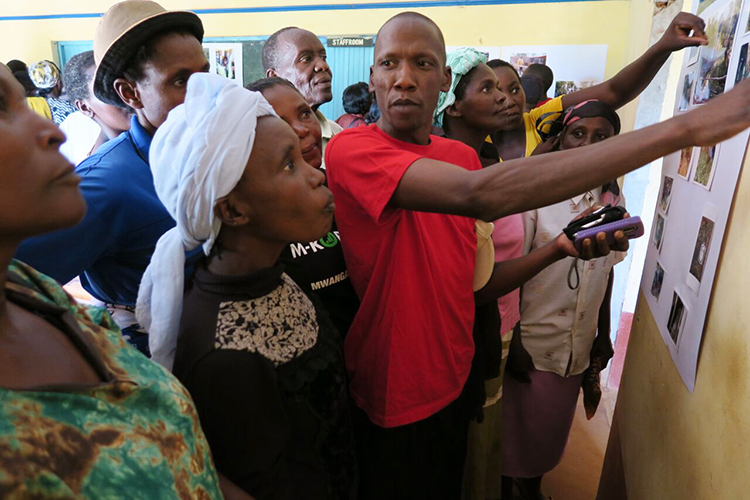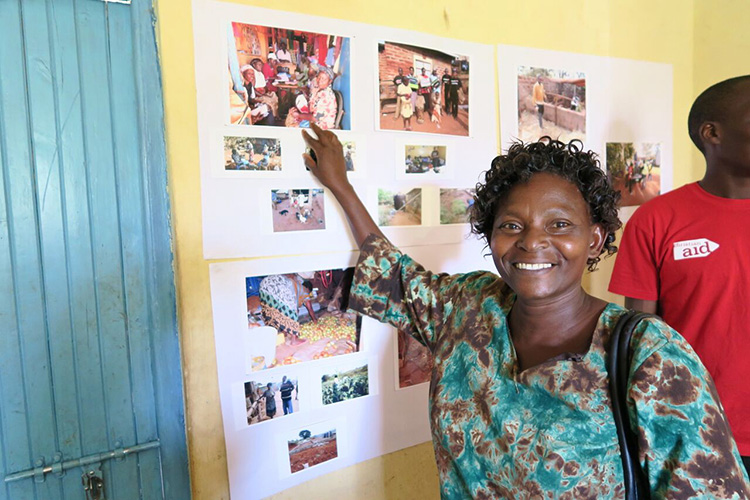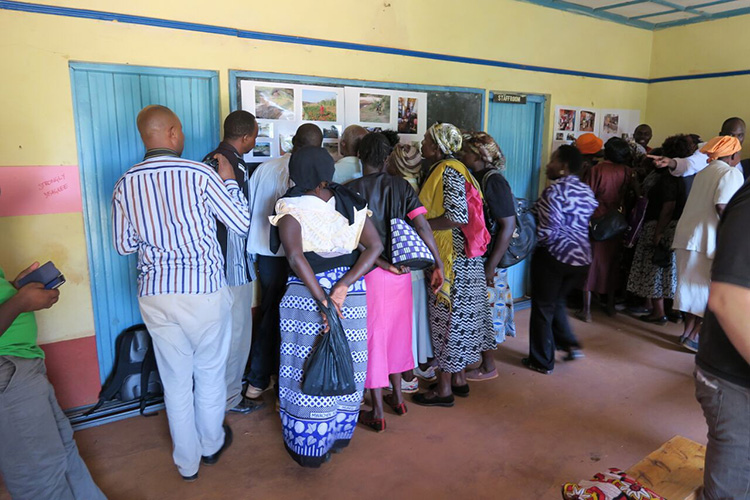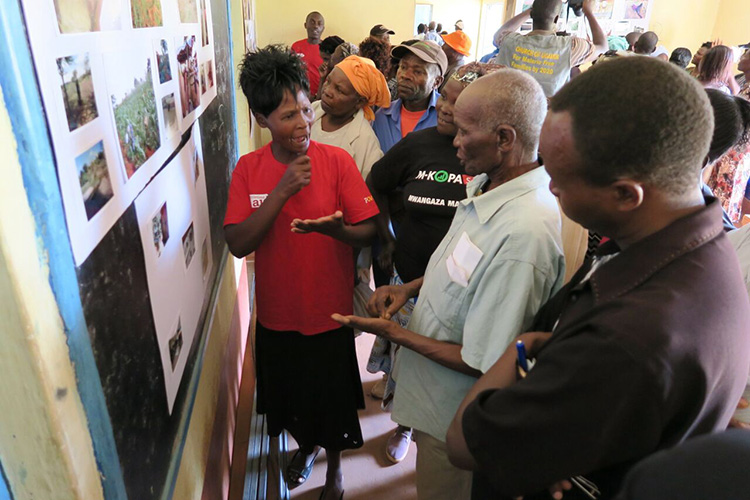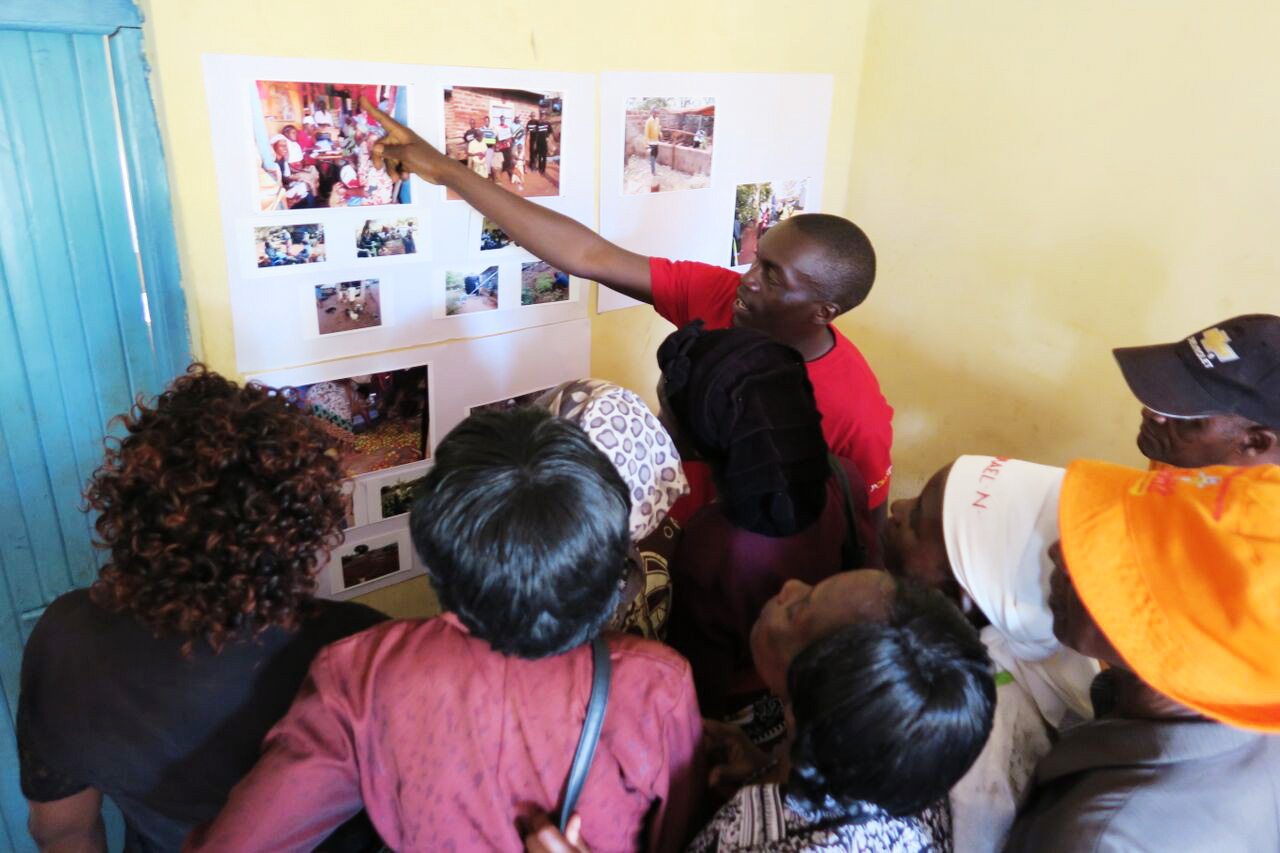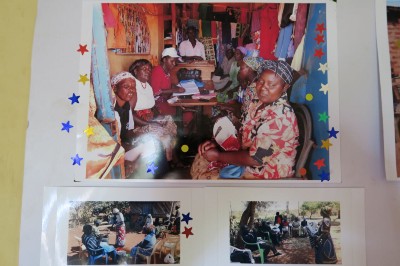Picture Power Kenya
“Before ADSE came the land was like this. It was like a desert. It was so dry”
As part of Christian Aid’s UK aid funded resilience programme in Kenya, we gave project participants cameras and photography training and asked them to capture what had changed in their lives as a result of the project.
Evaluations of aid and development projects are usually done by the organisations who implement the project, rather than the communities involved. Community members might be interviewed, or involved in focus groups, but rarely do they get to tell their own story of change on their own terms.
This is the Kalawani community’s take on the project, as told by three community photo monitors; Mary, Jackson and Justus. The project is run by Christian Aid Partner ADS Eastern in Lower Eastern Kenya.
All photos taken by the community photo monitors in Kalawani — Mary Mutungi, Jackson Kawewa and Justus Nzioki, text by Christian Aid
Two parts of the project that are considered to have been the most important by the community are the building of sand dams; which hold water in the river bed for much longer, and village savings and loans groups (VSLs).
VSLs bring people — mostly women — together regularly to pay a small amount into a kitty. After contributing savings, members can take out a loan to invest in new income generating projects such as livestock, fish farming, solar energy, or to pay for school fees while they wait for their harvest. They pay back the loan with a small amount of interest so that over time, the kitty grows.
Sand Dams
“Rodah said that last term she was able to send her children to school and pay for it herself”
This is Rodah Ndolo. Rodah is one of the community members who has also benefited from sand dams. She has grown some kale and maize. She has been growing tomatoes too. Before ADSE and Christian Aid came, she was planting green veg on a small piece of land because there was not enough water, but since we got sand dams, after she sold her first produce, she bought water pipes and a pump. People have been coming and buying green vegetables from her farm. She even employs casual labour so people can earn an income from this woman. Rodah said that last term she was able to send her children to school and pay for it herself. — Mary
Members from Kalanzoni self-help group at their tree nursery where they meet every Wednesday. The tank was donated by ADSE. They use the nursery to prepare the seeds and sell them. In the last planting seasons (October to December 2014) they sold seeds worth 15,000 shillings and have some balance of mango and gruveria seedlings for the next seasons. They are now planning on how to pipe water from the tank to their farms. The tank is a reservoir to store water from the sand dams. — Jackson
This is Esther Makau’s farm. She has been using the sand dam to irrigate her farm. When I asked her what the benefits were, she said it helped her very much because she had bought a water pump and a tank for irrigation. She’s employing people. From the Kwa Mbuku sand dam there’s about 50 or more farmers using the water and they are also employing others (around 2- 3 per farm), but Esther employs about 6! — Mary
Village savings and loans groups
“Three years ago, it was impossible for women to do such kind of farming”
Teresa Musau poses at her farm Muthwani village. She grows maize, french beans, kale, tomatoes and mangos. She is a member of the VSL group supported by ADSE. She borrows money from the VSL to support her farming by buying inputs like fertilisers, seeds and employs casual labourers who assist her in preparing the farm and harvesting. She gets water from the dam since she has bought pipes to bring the water from the dam to her farm. — Jackson
Alice Musau (left) a member of Muumbuni Water Project and VSL was supported by ADS to construct a fish pond. She has in addition bought two dairy cows and harvested 9,000 mangoes which she sold . Alice borrowed 40,000 shillings from her VSL which she was able to pay back to the group. Three years ago, it was impossible for women to do such kind of farming, this is because there were no groups and they could not get access to training. Alice is able to diversify her farming and uses opportunities within the group to earn income and get technical support. — Jackson
This is Wanzauni VSL meeting in one of the members’ shops who has benefited from the money. When she takes a loan she invests in the shop. She had a shop before but the stock was so little and now she has managed to put more stock in. Now she can manage to employ someone to come and work with her. The women can come and buy different clothes they like from her shop. Now they are promoting her! Normally she had little stock and few customers and now she has a lot of customers. As a result, she allows members to come and meet in her shop. After they finish the meeting, the women can buy things. She is very clever! — Justus
After two weeks of taking photos, the photo monitors held an exhibition in the community and people came to talk about whether they agreed with the changes shown in the photos. At the exhibition, the majority of men claimed sand dams were the most significant cause of change, while women attributed the most significant changes they have experienced to the VSL groups.
This helps Christian Aid and ADSE understand what kind of activities have the most impact and are most valuable for communities in this part of Kenya.

